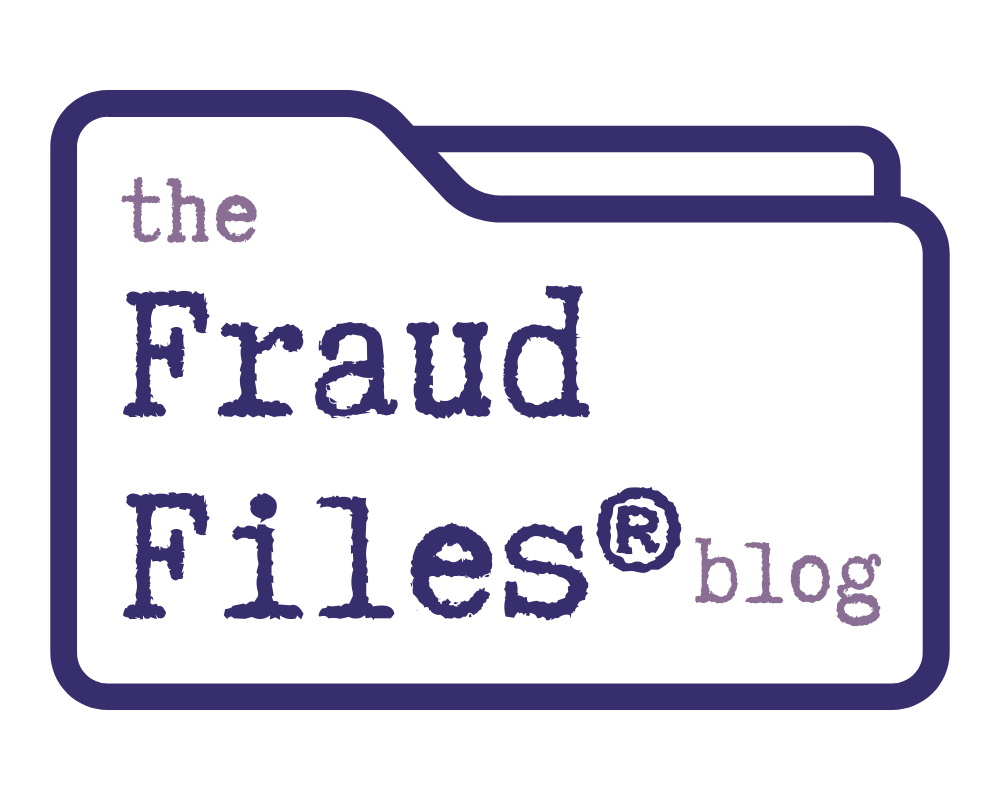Recent news of the alleged $50 billion Ponzi scheme perpetrated by investment advisor Bernard L. Madoff has done nothing to ease the fears of investors who have been annihilated by the stock market over the last couple of months.How does an investment opportunity go from being a legitimate investment vehicle to a pyramid scheme? In this case, it is alleged that Madoff invested the money of clients, but lost it and didn’t want to admit it. Instead of alerting investors to the losses, he used the money of new investors to pay “returns” to the original investors.
This is a classic Ponzi scheme, in which money is collected and spent or lost, and new marks must be recruited to “invest” new cash into the scheme. The pyramid grows, and requires continuously larger “investments” of new money in order to pay existing participants their phony returns. So long as the operator can continue to recruit marks and keep new money flowing in, the pyramid stays afloat.
How does a scheme like this grow to an estimated $50 billion in losses? It’s hard to imagine, but it is alleged that this operation was conducted in secret. Employees say the investment advisory business was run on a secured floor that was separate from the offices of the company’s core business of market making.
It’s clear that Madoff collected billions from investors, and there is great potential that the losses are even greater than the current estimate.
The scheme began to unravel because too many investors were requesting their money back. The redemptions crippled the scheme as there were little to no actual investments with which to pay back participants.
It appears, however, that there were plenty of red flags that could have tipped people off to this scheme. There are varying reports about the returns generated by Madoff, but some say investors received monthly gains between zero percent and 2 percent, while others say he consistently returned 10 percent a year. Such consistently high gains are difficult to come by, and Madoff’s explanation of his investing strategy doesn’t seem to wash.
The Securities and Exchange Commission seems to have had several chances to discover Madoff’s scheme over more than a decade. The most promising opportunity to uncover wrongdoing appears to have been in 1992, when two accountants were sued for promising guaranteed returns of 13.5 to 20 percent for clients who invested with Madoff’s firm.
Madoff claimed he knew nothing of the claims, and the SEC didn’t look into him or the firm at that time.
Madoff was the subject of at least two small SEC examinations over the last several years, and the agency also received tips about his investment activity from more than one source. Competitor Harry Markopolos reported Madoff to the SEC more than once, saying in a 1999 letter to the agency, “Madoff Securities is the world’s largest Ponzi Scheme.”
However, none of this caused the SEC to launch a wider investigation.
Securities filings didn’t seem reasonable when compared to Madoff’s claims of billions of dollars under management. Recent filings showed ownership of $1 billion of investments.
Madoff claimed that share ownership was so low because the firm put the bulk of its money into cash at the end of each quarter. Yet no one looked for proof of that cash.
Madoff’s firm used New York auditing firm Friehling & Horowitz to verify its financial statements, but details about the auditing firm raise suspicions. A private investigator reports that Friehling & Horowitz has only three employees. One of those is a secretary, and another is a 78 year-old resident of Florida. It’s unlikely that a firm this small would be able to complete a thorough audit on a trading strategy like Madoff’s.
Red flags like this are common in fraud cases. Individually, the red flags may not seem to amount to much, but when viewed in their totality, the evidence is much more compelling. Resources at the SEC are stretched thin, and that may be part of the reason why Madoff’s firm was never fully investigated until recently.
That’s likely no comfort to those who are going to lose hundreds of thousands or millions of dollars, however. While the government sifts through massive amounts of documentation, investors are prohibited from withdrawing their funds, and those who did withdraw their money in recent months or years may be forced to return it. It will be interesting to see what further details about red flags are revealed in the coming months.




